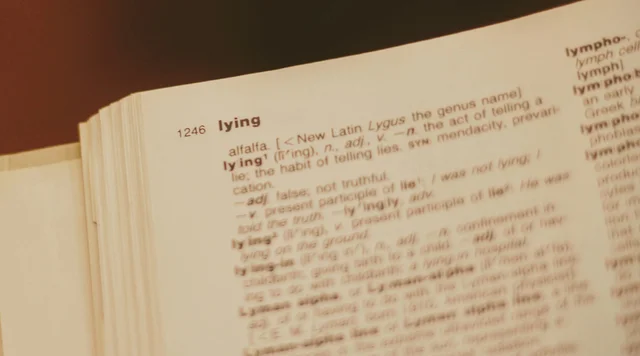A lot of things can go wrong in law. Keeping track of the labyrinthine tangle of laws, local rules, standing orders, and judicial preferences, is a daunting task. Checking and re-checking documents to make sure they comply with all of these rules is enough to make a person a bit neurotic. But, with the aid of experience and some hard lessons, you eventually come to grips with things and develop a certain comfort with the system's hard edges.
Until of course you stumble upon something new to worry about, and then you get the shakes all over again.

To that end, I submit to you this footnote in Cipla USA, Inc. v. Ipsen Biopharms., Inc., C.A. No. 22-552-GBW-SRF (D. Del. Mar. 1, 2023) (R&R), on the dangers of not checking your links:
In support of this assertion, Ipsen cites an "Update to Information Regarding Medicare Payment and Coding for Drugs and Biologics," dated May 18,2007. (D.I. 23 at 4 n.4) A document by the same name and having the same date is referenced in Cipla's complaint. (D.I. 1 at [Paragraph] 5c) To the extent that these documents are, in fact, the same, the court may consider them as "matters incorporated by reference" into the complaint without converting the motion to dismiss to one for summary judgment. See Kickjlip, Inc. v. Facebook, Inc., 999 F. Supp. 2d 677, 682 (D. Del. 2013). In this case, however, there are different hyperlinks associated with the document in the complaint and in Ipsen's reply brief. (Compare D.I. 1 at, 5c with D.I. 23 at 4 n.4) The hyperlink in the complaint functions, whereas the hyperlink in the reply brief does not. Ipsen does not set forth any basis for the court's consideration of the material, and the court cannot independently verify whether this material is the same as the document referenced in the complaint due to the defective hyperlink.
Id. at 7 n.4.
Oof. To Summarize here -- the defendant moved to dismiss and cited a document that was linked in, but not attached to, the complaint. The Court declined to consider it, because the link in the brief was different from the one in the complaint (the complaint used a shortlink) and didn't work.
Upon closer examination, the link in the answering brief should have worked. If you type the address into your browser, it actually takes you to the exact same page as following the shortlink in the Complaint. It looks like what happened is that (perhaps in an effort to save space in a brief that was right at the page limit), someone just hit enter to split the link across lines. This wound up stopping the link at a random point so that it just gave the classic 404 error screen when the Court clicked on it:

Again, oof.
For future reference, the way to avoid this is either to manually re-enter the link in Word's insert menu, or to break the link across lines with a zero-width space by holding down ALT and typing "8203" on the keypad. Yes, I know that's a lot to remember. But knowing this sort of arcane rule is all part of the job.
If you enjoyed this post, consider subscribing to receive free e-mail updates about new posts.





